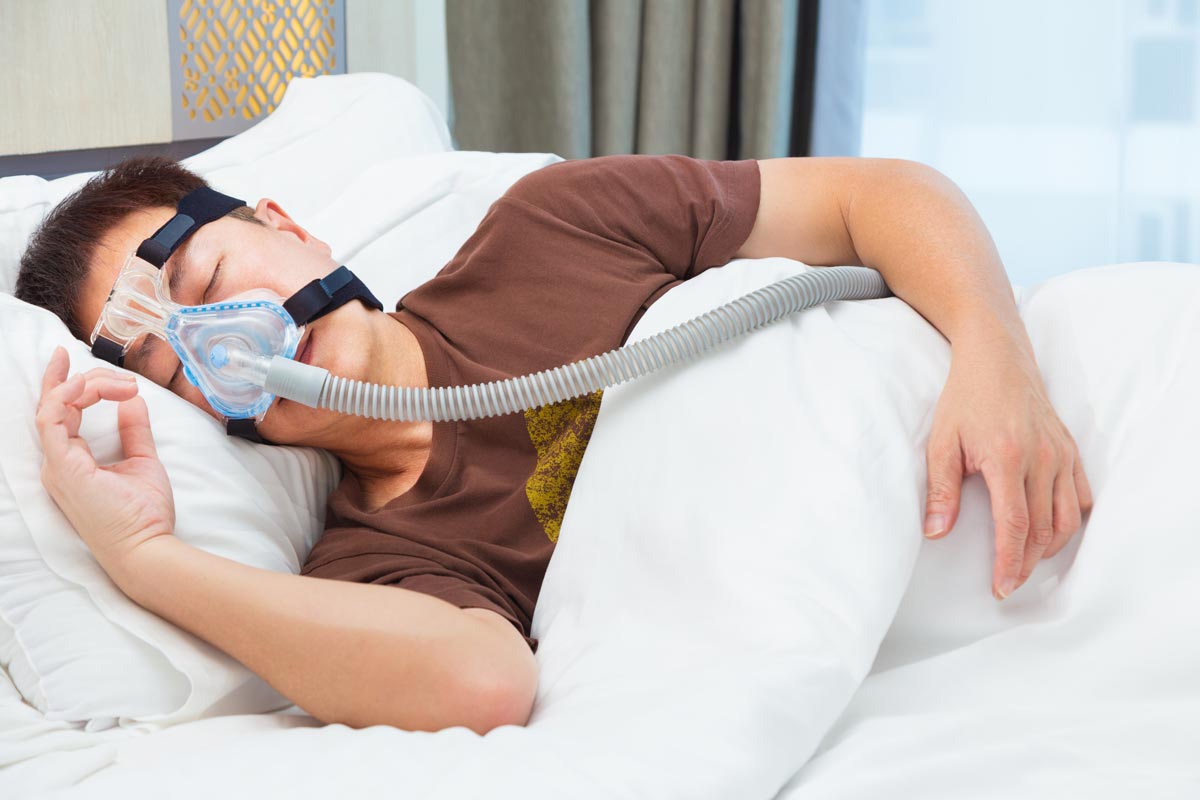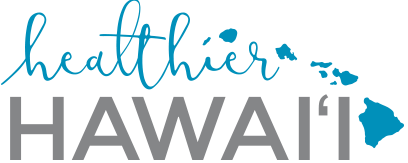
Understanding & Treating Sleep Apnea
Many of us know someone who snores loudly or wakes up gasping for air. Perhaps you've even witnessed a loved one stop breathing momentarily in their sleep.
These could be signs of obstructive sleep apnea (OSA), a disorder in which the airway loses tone and collapses during sleep, reducing oxygen flow to the body.
According to the American Academy of Sleep Medicine, approximately 80% of Americans who have OSA are undiagnosed. This common yet serious sleep disorder can significantly impact health and quality of life.
"I've had patients come to me saying, 'Oh, my husband falls asleep every time he watches TV or during office meetings.' Some even admit to falling asleep while driving, which is extremely dangerous," said Dr. Mary Worthen, a Hawaii Pacific Health Medical Group otolaryngologist at Straub Benioff Medical Center.
Worthen recently spoke with Hawaii News Now about sleep apnea – what it is, how to recognize it and why treatment is essential to prevent further complications.
What is Sleep Apnea?
Beyond snoring and gasping for air, individuals with sleep apnea often experience excessive fatigue, trouble concentrating, memory problems and morning headaches. However, some may not realize they have the condition until a partner or family member notices their symptoms.
Identifying and treating sleep apnea isn't just about improving sleep; it's a crucial step in preventing life-threatening health conditions.
When the body doesn't get enough oxygen at night, the heart must work harder to circulate oxygenated blood. Over time, this strain can lead to serious cardiovascular issues, including high blood pressure, heart failure and atrial fibrillation (AFib).
Sleep apnea is also linked to an increased risk of obesity, diabetes and stroke.
Sleep Apnea Treatment Options
The gold standard treatment for sleep apnea is Continuous Positive Airway Pressure (CPAP) therapy, which involves wearing a mask that delivers pressurized air to keep the airway open.
While highly effective, compliance can be challenging.
"Patients need to wear it all night, every night, for the rest of their lives, which can be difficult for many. Up to 60% of patients aren't using their CPAP masks as prescribed," Worthen noted.
For those who struggle with CPAP therapy, a groundbreaking surgical option is now available: hypoglossal nerve stimulation (HNS).
Worthen is the first physician in Hawaii to offer this procedure, which involves implanting a small device under the skin that stimulates the hypoglossal nerve. This stimulation moves the tongue forward to prevent airway collapse, much like a pacemaker for the throat.
"It's a minor procedure that takes less than an hour. Patients go home the same day and can return to work within a few days," Worthen said. The FDA-approved device, called Inspire, allows patients to activate it with a small remote before bed – no mask required.
The good news is that insurance companies cover HNS, but patients must meet specific criteria.
"You need a recent sleep study, ideally within the last two years," Worthen stated. "You also must have moderate to severe obstructive sleep apnea and be evaluated by a trained sleep specialist who will oversee your long-term care."
This segment originally aired Jan. 10, 2024, as part of the Hawaii News Now "Sunrise" Healthier Hawaii series. Watch the full broadcast here or below.
Published on: January 10, 2025




